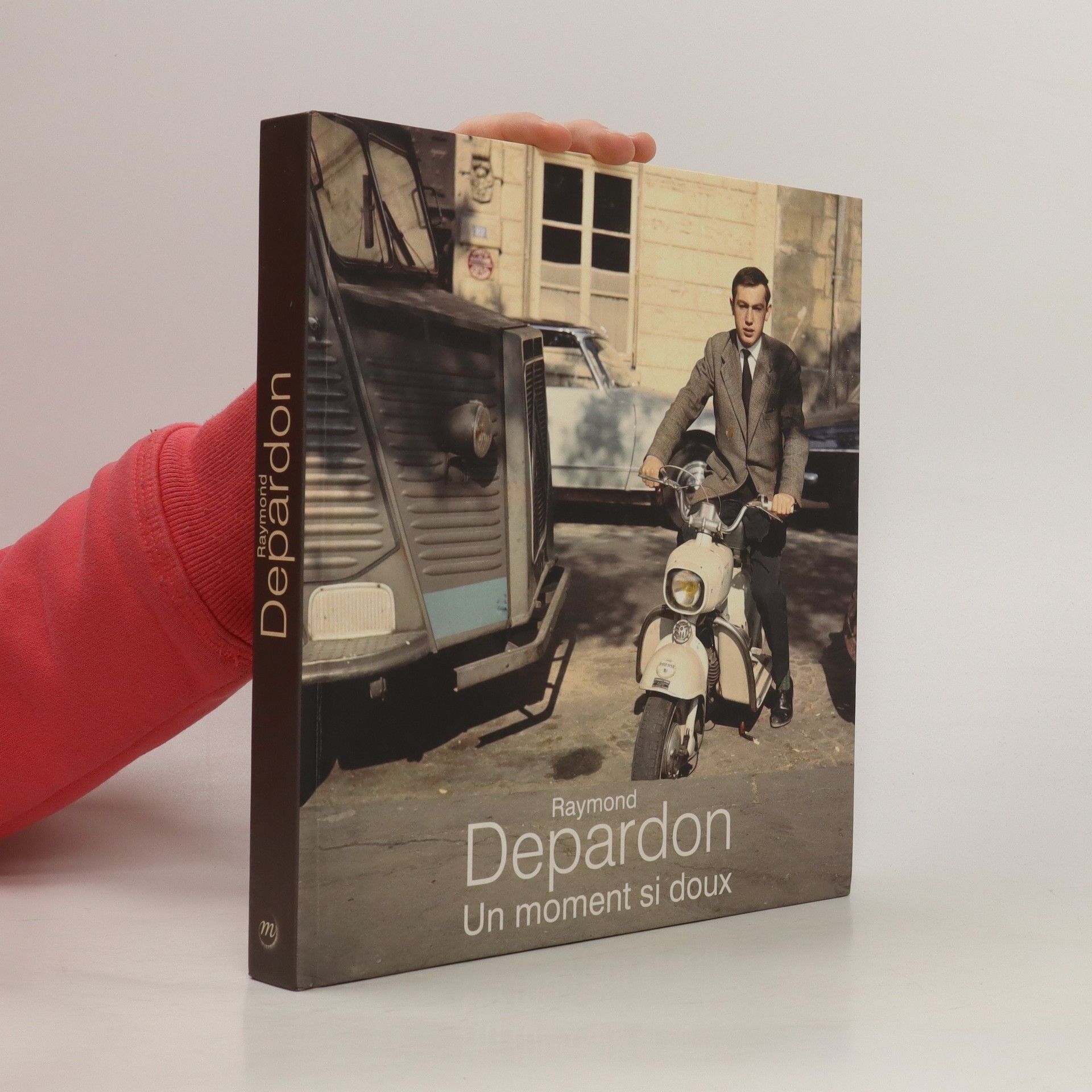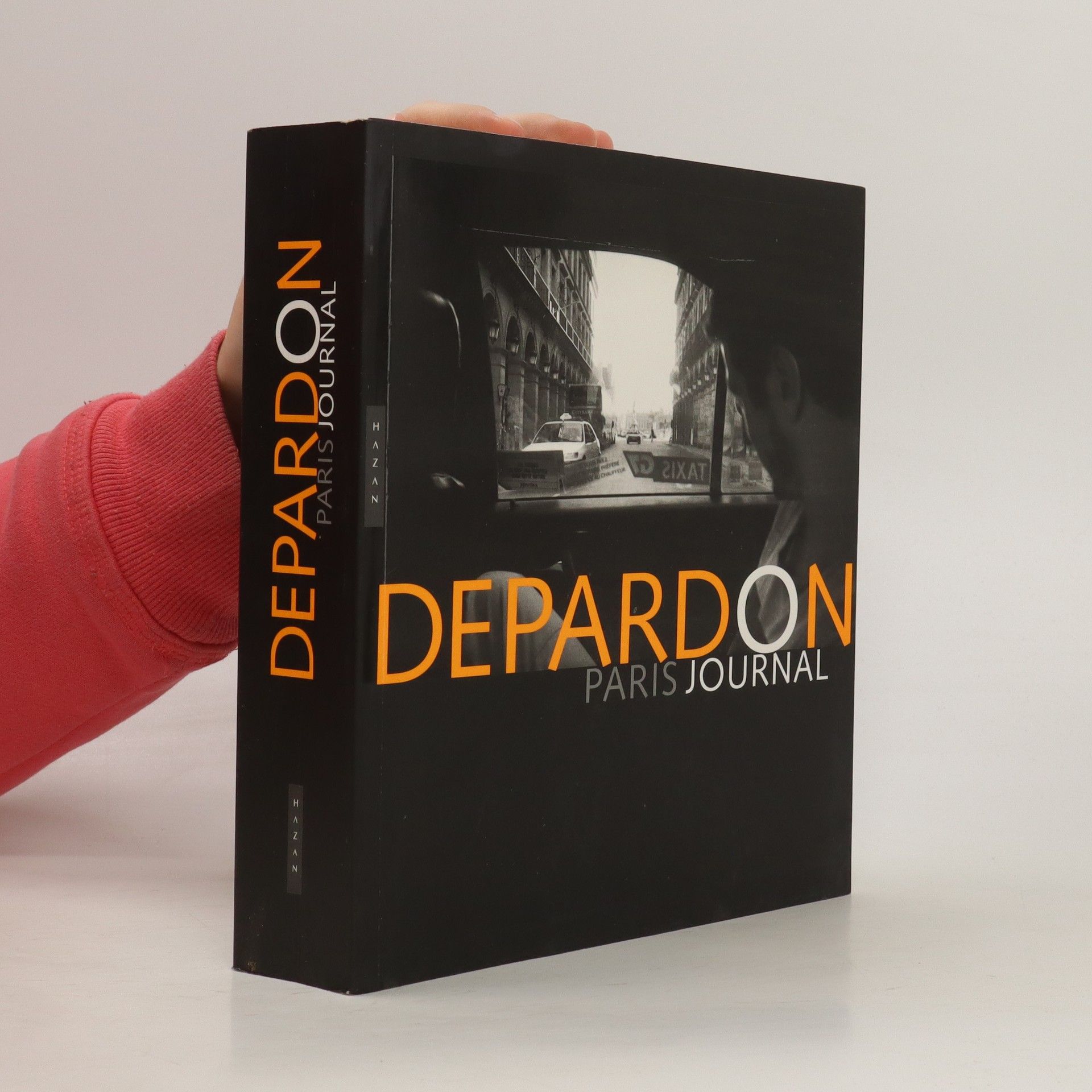Raymond Depardon – Fotojournalist, Dokumentarist und Künstler – begann seine Karriere als Pressefotograf. Seine Reportagen aus Algerien, Indochina und Biafra machten ihn berühmt. Inzwischen ist Depardon der wichtigste zeitgenössische Fotograf Frankreichs, er hat 42 Filme gedreht und unzählige Bücher veröffentlicht. Zwischen 1961 und 2013 hat Depardon regelmäßig in Berlin fotografiert. Eines seiner Bilder vom August 1961 zeigt Kinder, die in der Bernauer Straße neben der gerade hochgezogenen Grenze Mauerbau spielen. Die Teilung Berlins ist immer wieder Thema dieser Fotografien, aber auch der Tunix-Kongress 1978, der den Beginn der Berliner Alternativbewegungen markierte, die Staatsbesuche Robert Kennedys und Königin Elisabeths während des Kalten Krieges, der Mauerfall, die Zeit der Brachlandschaften und Baustellen nach der Wende sowie das Zusammenwachsen der beiden ungleichen Teile der Stadt, deren Grenze zwar aufgehoben war, jedoch nie ganz verschwand. Schließlich kehrt Raymond Depardon zurück in das heutige Berlin – eine Stadt der Gedenkstätten, der individuellen Freiheit und Selbstverwirklichung.
Raymond Depardon Book order
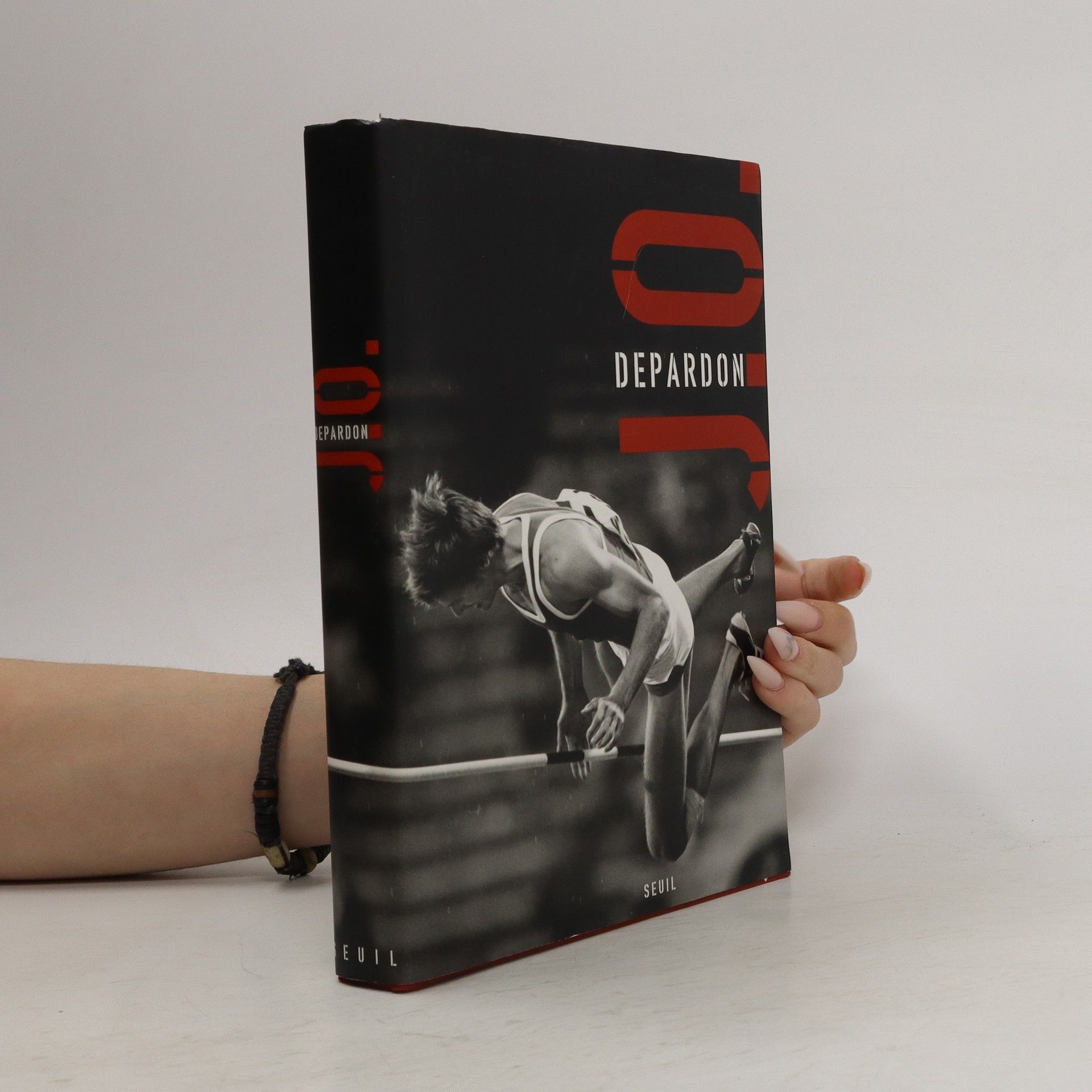
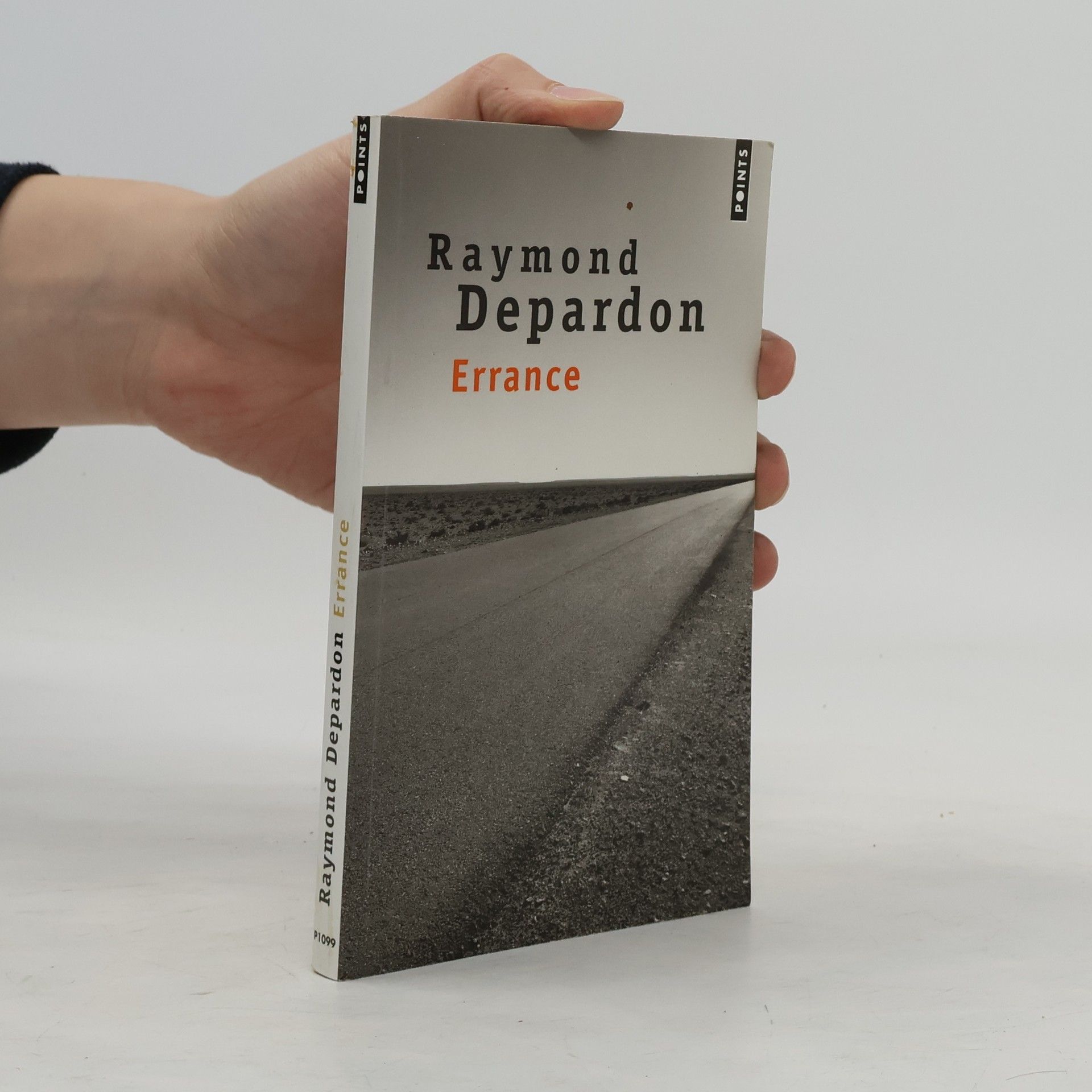

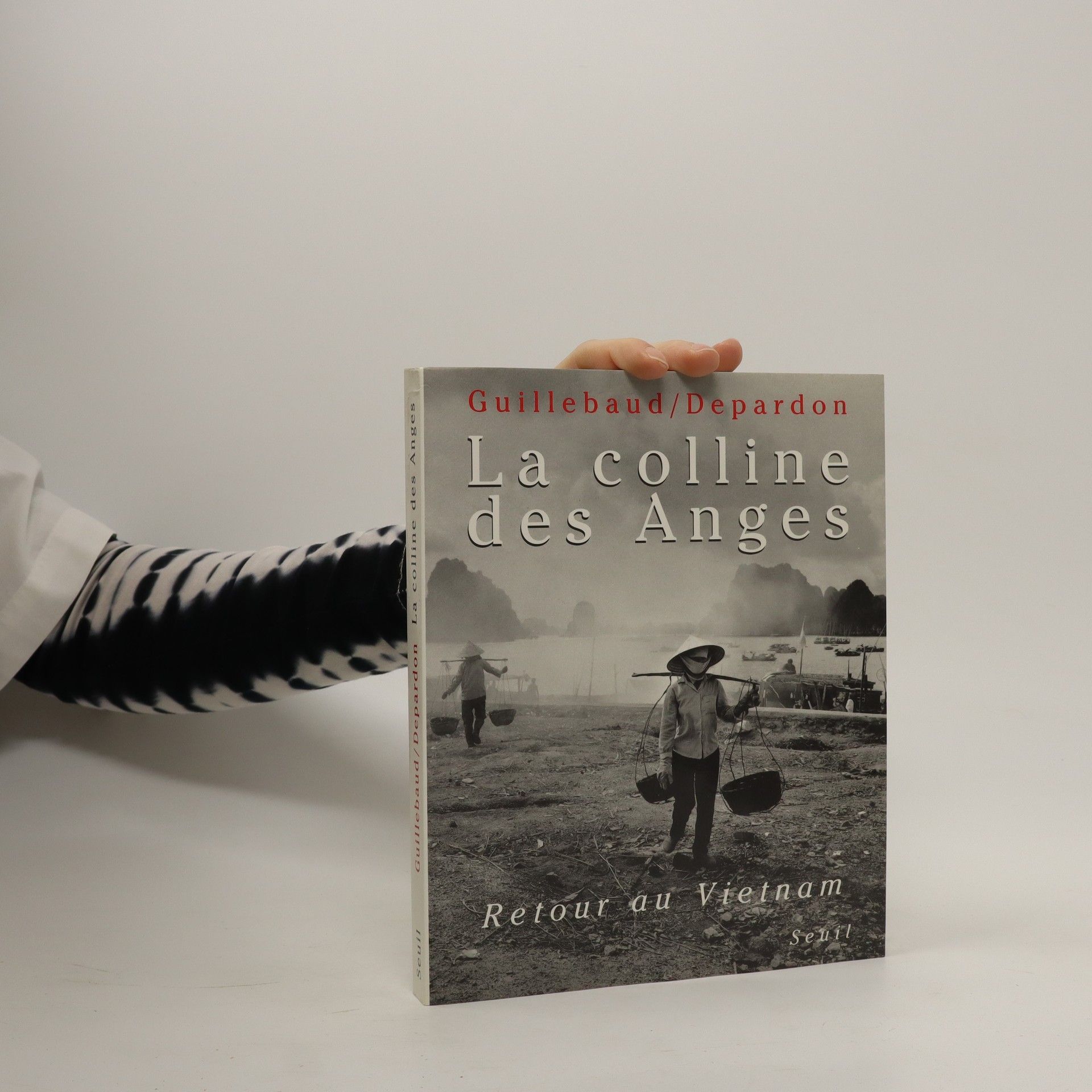


- 2015
- 2015
“At the age of 22 I was sent to Saigon to cover the war as a photojournalist. I was too late for Indochina, and too early for Vietnam. Muggers robbed me on my arrival, and I lived in a small hotel by the river. I drove towards the front in an old Citroën. I think I was happy. I returned some years later. It was for another war, and the famous reporters had left. The streets were full of GIs and their girlfriends, of blind bomb victims and so many children returning to school. It was the end of an epoch, people would hand flowers to the soldiers. Everybody wanted to leave, and it was cheap to stay at luxury hotels. To forget my heartache, I got drunk and walked the streets all day. The city was very generous and welcomed me with open arms, so I lost sense of time. I stayed for months in this city that no longer exists. The last time I went there I was at peace with things, and at the War Remnants Museum I visited my friends who had died on the battlefield. Today, the city has another name and has fully entered globalization.” Raymond Depardon
- 2013
"Lorsque je photographie en noir et blanc, je m'inscris dans la grande tradition européenne de ciels chargés, de noirs denses et profonds ; je vois au contraire la couleur très claire, lumineuse, et joyeuse surtout. C'est le plaisir de la couleur que montre Un moment si doux".
- 2012
Depardon: Paris - Journal
- 536 pages
- 19 hours of reading
"Paris Journal" est un mot clé que j'ai inventé pour classer mes photographies que je fait sans sujet particulier. Ni photographies de travail, ni photographies familliales, elles sont faites pour le plaisir et au hasard de mes déplacements dans la capitale. Raymond Depardon
- 2008
Spectaculaire, intime, tragique ou Légère, l'année 1968 s'éclaire d'un jour nouveau sous Le regard attentif et tendre de Raymond Depardon. De Brigitte Bardot aux jeux Olympiques de Mexico, des manifestations américaines aux premiers affrontements parisiens, plus de cent photos nous racontent, avec une saisissante justesse, l'histoire de cette année pas comme Les autres.
- 2008
Manhattan out
- 120 pages
- 5 hours of reading
Acclaimed French photographer, filmmaker and journalist Raymond Depardon arrived in New York in the winter of 1980. He came to visit a friend who had just taken a job in the city, and to kill time he strolled around the streets with his Leica. As a self-imposed constraint, and to encourage serendipitous results, he decided to take pictures without ever using the camera's viewfinder. Working incognito throughout the nooks and crannies of New York City, Depardon amassed two or three rolls a day--but when the time came to assess the results, he was thoroughly disappointed. He never mentioned the experiment to anybody and has only now decided to unveil these "blind" pictures to his public. Reexamining the work some 27 years "after the photographs were taken, Depardon was surprised to discover that most of his subjects were aware that they were being photographed, and that consequently the images contain more artifice than he had expected. His subjects project an affect of indifference in their knowing glances towards the camera lens, thereby immortalizing the very spirit and charm of 1980s New York, a period for which there is increasing fondness and nostalgia today. With an essay by the great philosopher Paul Virilio, this monograph opens up an exciting and hitherto lost chapter in Depardon's storied career.
- 2004
Tout jeune reporter-photographe, je suis envoyé à Tokyo en 1964. Le Japon accueille les premiers Jeux Olympiques modernes. La télévision découvre le sport: Ses images, bien qu'elles soient encore en noir et blanc font des athlètes des stars authentiques et solitaires. Aux Jeux de Mexico, en 1968, les champions airs se dressent contre la ségrégation, poings levés. Ils ont défié les dieux, en longueur, en hauteur, en vitesse. Jamais l'homme n'a été plus près des étoiles. Vient l'époque où sport et politique s'en mêlent, avec le drame de Munich en 1972 et sa meurtrière prise d'otages. Pourtant les Jeux continuent. Les Africains courent encore plus vite et les femmes sautent de plus en plus haut : c'est la révélation des minorités et le triomphe du sport pour les citoyens du monde. En 1976, à Montréal, une petite Roumaine fait trembler de joie des millions de spectateurs. C'est la mondialisation des émotions et le signe précurseur de la chute des Murs : les Jeux sont en avance. A Moscou, en 1980, malgré les impressionnantes pyramides humaines de la cérémonie d'ouverture, tout le monde est reparti trop vite. La télévision est en couleurs... Mais les images fixes, en noir et blanc, sont toujours là pour nous émouvoir, nous faire sourire et rêver.
- 2003
Errance
- 181 pages
- 7 hours of reading
J'ai le pressentiment que quelque chose ne sera plus comme avant. C'est peut-être là la vraie définition de l'errance, de sa quête, avec sa solitude et sa peur. C'est le désir que je cherchais, la pureté, la remise en cause, pour aller plus loin, au centre des choses, pour faire le vide autour de moi. Je me dois de me laver la tête... pour rencontrer le centre d'une nouvelle image, ni trop humaine, ni trop contemplative, ou le moi est aspiré par les lieux quand le lieu n'est pas spectacle, ni surtout obstacle. Il me faut vivre cette quête qui est la mienne... Elle arrive à un moment, ni bon ni mauvais, elle est nécessaire... Pour être juste cette errance est forcément initiatique... mon regard va changer... Cette quête devient la quête du moi acceptable.
- 1997
Das Buch „Stille Zeugen" dokumentiert die Ereignisse des vergangenen Jahres – vor allem in Staaten, in denen unabhängige Medien unter Druck stehen. Es wirft Schlaglichter auf die Brennpunkte des Nachrichtengeschehens und verbindet die Bilder international renommierter Fotografen mit Texten erfahrener Auslandskorrespondenten.
- 1993
En 1972, Jean-Claude Guillebaud et Raymond Depardon ont couvert la guerre du Vietnam. L'un comme correspondant de guerre, l'autre comme reporter photographe. Des années plus tard, ils entreprennent un voyage de Saigon à Hanoi, qui leur dévoile une réalité bien différente de celle dont ils avaient le souvenir. Ensemble, ils prennent le temps de se laisser guider par la grâce de ce pays qui s'ouvre à l'Occident et soigne les plaies de la guerre.« C'est toute la force de ce superbe voyage d'avoir su restituer, loin des clichés, ce qui ne cessent de se dérober au regard. » Lire

